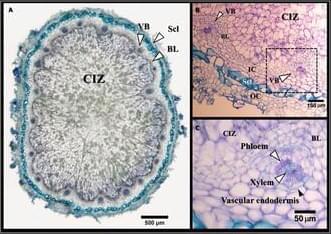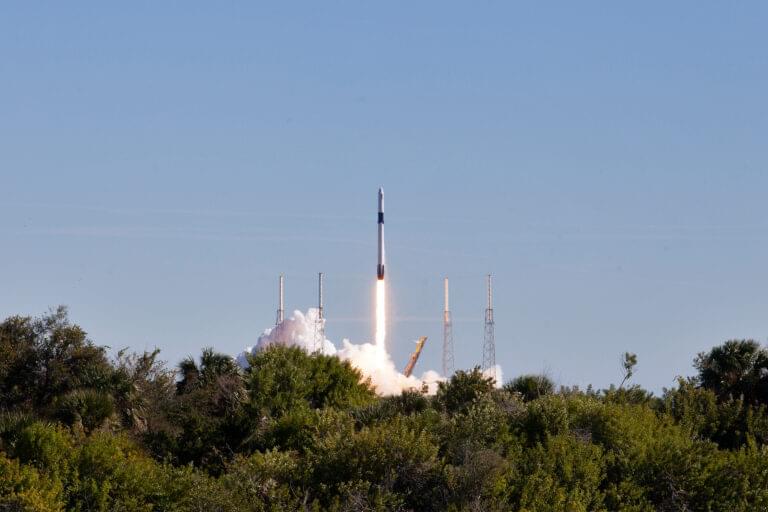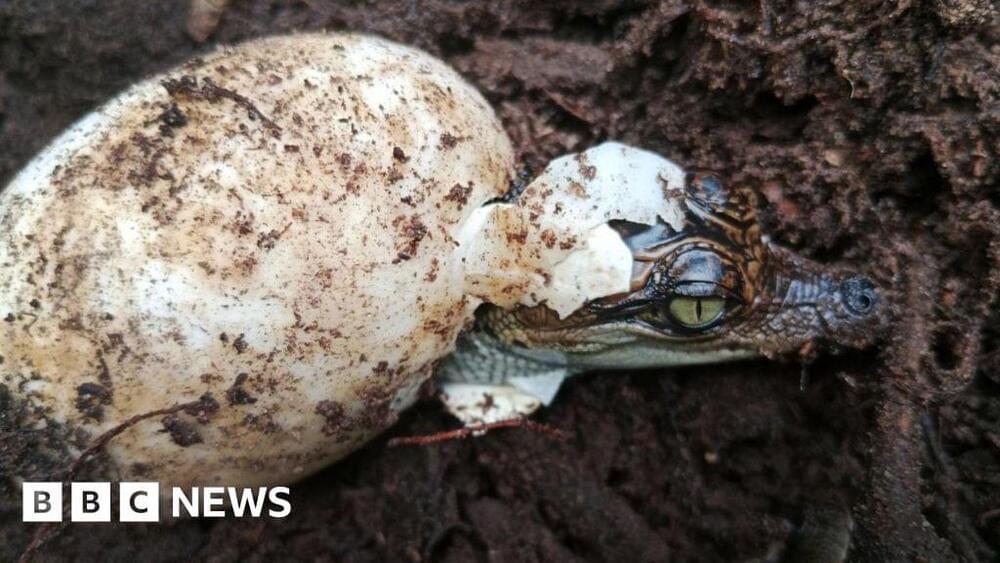The Sunny Spot | Sunny Shell speaking with guest, Ethan Siegel. Dr. Ethan Siegel’s discussions often emphasize the broader implications of habitable zones, in…
Get the latest international news and world events from around the world.

Visualization and Quantitative Evaluation of Functional Structures of Soybean Root Nodules via Synchrotron X-ray Imaging
Published in Plant Phenomics:Click the link to read the full article for free:
The efficiency of N2-fixation in legume–rhizobia symbiosis is a function of root nodule activity. Nodules consist of 2 functionally important tissues: (a) a central infected zone (CIZ), colonized by rhizobia bacteria, which serves as the site of N2-fixation, and (b) vascular bundles (VBs), serving as conduits for the transport of water, nutrients, and fixed nitrogen compounds between the nodules and plant. A quantitative evaluation of these tissues is essential to unravel their functional importance in N2-fixation. Employing synchrotron-based x-ray microcomputed tomography (SR-μCT) at submicron resolutions, we obtained high-quality tomograms of fresh soybean root nodules in a non-invasive manner. A semi-automated segmentation algorithm was employed to generate 3-dimensional (3D) models of the internal root nodule structure of the CIZ and VBs, and their volumes were quantified based on the reconstructed 3D structures. Furthermore, synchrotron x-ray fluorescence imaging revealed a distinctive localization of Fe within CIZ tissue and Zn within VBs, allowing for their visualization in 2 dimensions. This study represents a pioneer application of the SR-μCT technique for volumetric quantification of CIZ and VB tissues in fresh, intact soybean root nodules. The proposed methods enable the exploitation of root nodule’s anatomical features as novel traits in breeding, aiming to enhance N2-fixation through improved root nodule activity.

Wrong about Mars again!! Radiation not as deadly as Elon Musk’s critics originally thought!
When Elon’s critics say that Mars colonization is impossible, citing radiation as the main threat. They could not be more wrong…#space #nasa #mars Please…
Altered Carbon (Takeshi Kovacs #1) by Richard K. Morgan Audiobook Full 1/2
It’s the twenty-fifth century, and advances in technology have redefined life itself. A person’s consciousness can now be stored in the brain and downloaded into a new body (or \.
Why are scientists shooting mushrooms into space? — Shannon Odell
Explore the unique characteristics that make fungi so resilient, and find out why they may be the key to future space travel.
Astronauts aboard the space station Mir made a frightening discovery: several species of Earth-derived fungi were found growing throughout the shuttle, blanketing air conditioners and corroding control panels, putting both the station’s integrity and their lives at risk. How had the fungi survived the journey to space? Shannon Odell shares why fungi may be the key to our future on other planets.
Lesson by Shannon Odell, directed by Denys Spolitak.
Support Our Non-Profit Mission.
Support us on Patreon: http://bit.ly/TEDEdPatreon.
Check out our merch: http://bit.ly/TEDEDShop.
Connect With Us.

Space mission that maps forests in 3D makes an early comeback
Call it the force’s doing, but it has been surprises galore for the GEDI mission.
In early 2023, the lidar mission that maps the Earth’s forests in 3D was to be burned up in the atmosphere to make way for another unrelated mission on the International Space Station. A last-minute decision by NASA saved its life and put it on hiatus until October 2024. Earlier this year, another surprise revealed itself: the mission that replaced GEDI was done with its work, effectively allowing GEDI to get back to work six months earlier than expected.
That’s how, in April, a robotic arm ended up moving the GEDI mission (short for Global Ecosystem Dynamics Investigation and pronounced “Jedi” like in the Star Wars films) from storage on the ISS to its original location, from where it now continues to gather crucial data on aboveground biomass on Earth.

Near-extinct Siamese crocs make comeback in Cambodia
Cambodia has welcomed 60 baby Siamese crocodiles — a hatching record for the endangered species in this century, conservationists say.
They have called it a “real sign of hope”, after more than 20 years of efforts to revive the reptile’s numbers in the remote Cardamom Mountains.
The olive green freshwater reptile has a distinct bony crest at the back of its head — by some estimates, it can grow up to 3m or nearly 10ft.
World’s first dual-tower solar thermal plant boosts efficiency by 24%
Two 650-foot-tall (200-m) towers have risen in China’s Gansu Province. Combined with an array of 30,000 mirrors arranged in concentric circles, the new facility is expected to generate over 1.8 billion kilowatt-hours of electricity every year.
While photovoltaic panels that directly convert sunlight to electricity are what most people think of when they hear the term “solar power,” there is another method of harvesting the Sun’s power that’s been steadily developing since the early 1980s. Known as solar thermal or concentrated solar power (CSP), these systems rely on mirrors known as heliostats to bounce sunlight to a central gathering point. There, the concentrated beams heat a transfer fluid that in turn heats a working fluid. This fluid then evaporates, turns a turbine, and generates electricity.
In 2014, what was then the world’s largest solar thermal power station opened in the Mojave Desert in the United States. Known as the Ivanpah Solar Electric Generating System, the facility consists of three different towers surrounded by heliostat arrays and has a capacity of 392 megawatts. In 2017, Australia announced that it was building the world’s largest single-tower solar thermal power plant with a proposed output of 150 megawatts, although that project was ultimately killed in 2019. The world’s largest CSP, the Noor Complex Solar Power Plant, now operates in the Sahara Desert in Morocco where it churns out 510 megawatts of power.
High-speed rail project linking two major U.S. cities takes step forward: ‘A historic milestone’
The California High-Speed Rail Authority just received environmental approval to connect downtown Los Angeles to the Bay Area with a bullet train capable of reaching speeds of up to 200 miles per hour, KTLA5 reported.
KTLA5 called the approval “a historic milestone in a state notorious for holding up construction projects for environmental review.”
The California High-Speed Rail system is an ambitious project that has technically been in the works for decades, but it has progressed in fits and starts. Recently, however, construction began on several parts of the system. The initial segment, connecting Merced to Bakersfield in the Central Valley, could be open as soon as 2030, with much more to follow, KTLA5 reports.